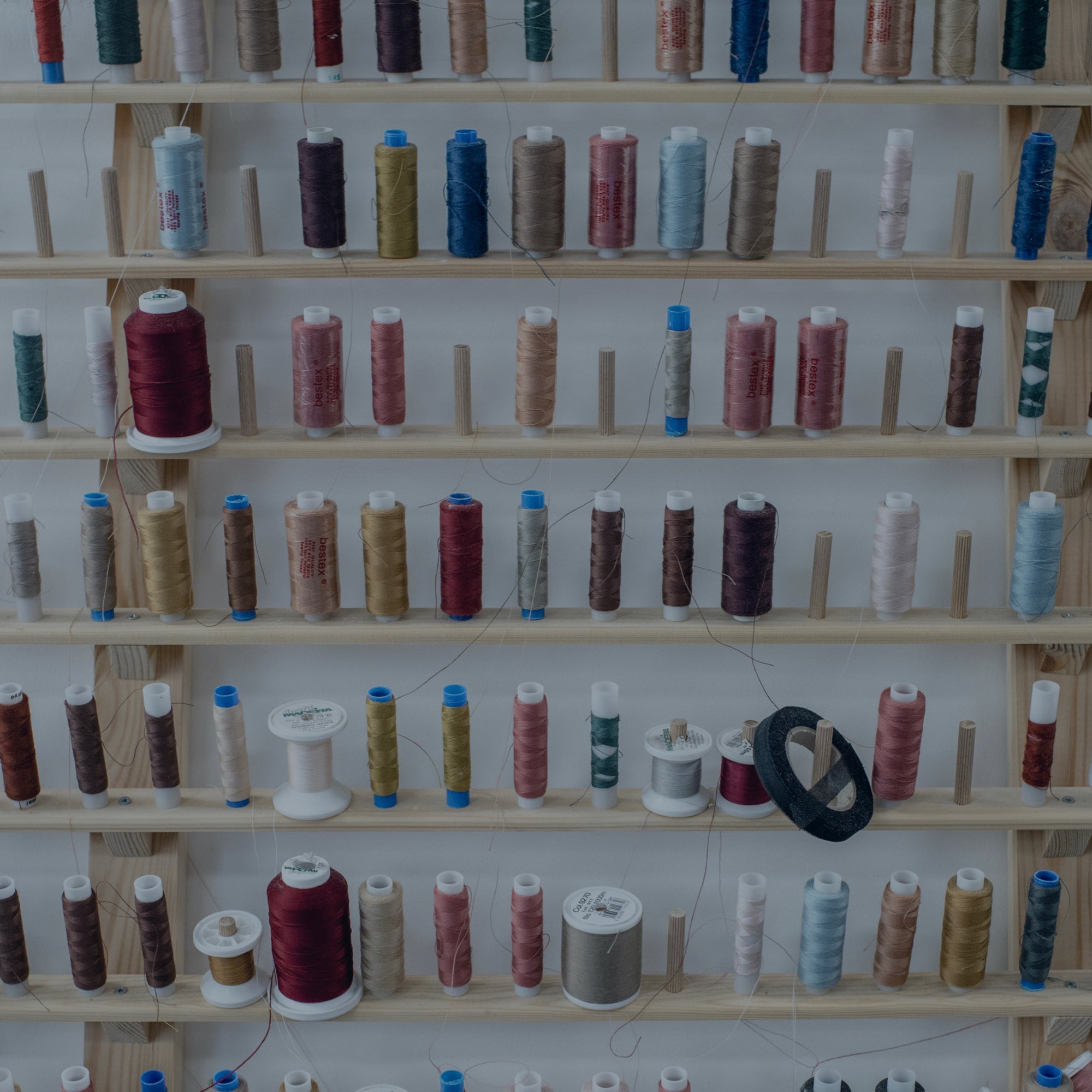Textile and apparel industry is shifting towards digitalisation and sustainability in response to the crisis.

The future of the fashion industry is widely discussed amongst all stakeholders of the textile value chain, as the pandemic crisis has largely disrupted the supply chains and unveiled the flaws of the apparel sourcing model. These unprecedented times call for fashion companies to reshape their sourcing practices and push for digitalisation and sustainability of their business models.
At Sqetch, we are able to observe sourcing tendencies first hand. To understand how the pandemic crisis has reshaped trends in the apparel sourcing sector, we’ve taken a look at the activities on our platform in the first half of 2020, and we would like to share the key conclusions with our community.
Brands and manufacturers are becoming active and collaborative
After the recession during the lockdown period, the activity rate on Sqetch platform has been on a steady rise in the past couple of months, as the lockdown measures are being lifted across the globe. Brands, manufacturers and suppliers are looking for new business opportunities and are more prone to shorter lead times, lower order quantities and increased flexibility.
Nearshoring is the “new normal” and lower MOQs are in demand
Policies to manage the pandemic crisis have largely affected brick-and-mortar entities, mainly suppliers, manufacturers and offline retailers. Due to the lockdown measures being implemented in different countries at different times, the uncertainty and discrepancy of consumer’s demand and supplier’s capabilities has been increasing in the meantime.
Whilst the fashion supply chain went on pause, European and North American brands have started looking at the manufacturers and suppliers close by, in order to ensure that their garments are delivered with less disruptions and on time. Eastern European Countries, Portugal and Turkey have been the leading manufacturing countries on our platform in the past month and more and more projects are initiated with Portuguese manufacturers, which is a sign of a shifting supply chain.
As a measure to withstand the disruptions and stay on float, many fashion businesses had to minimise their expenditures and reduce their order quantities in order to avoid overstocking. This shift would lead to demand-driven garment production in the long run, entailing the wide-spread tendency for small quantity orders.
Sourcing mixes are also gaining its momentum in the light of disrupted value chains. Producing different garment pieces with multiple manufacturers is sort of an aid to the management of risk of cancelled orders and postponed deliveries.
Small and medium brands favour flexibility and transparency
Whilst e-commerce is flourishing, more small and medium-sized fashion companies are emerging and creating the need for value chain flexibility and transparency. There is no blueprint for overcoming the uncertainty in the fashion sector, however many companies are coming up with digital solutions to continue with their activities nevertheless. We have observed many examples when the designs are collaborated, samples are approved and leads are generated through video conferencing and online platforms. Digitalization calls for parties flexibility and transparency in their activities, and it also harvests mutual benefits and risk resilience.
Collaboration and solidarity is key in the times of crisis. Demand-driven, close-to-home production with transparent and flexible value chain would facilitate the needed systemic transformation of the fashion industry to become more sustainable and innovation-driven.










